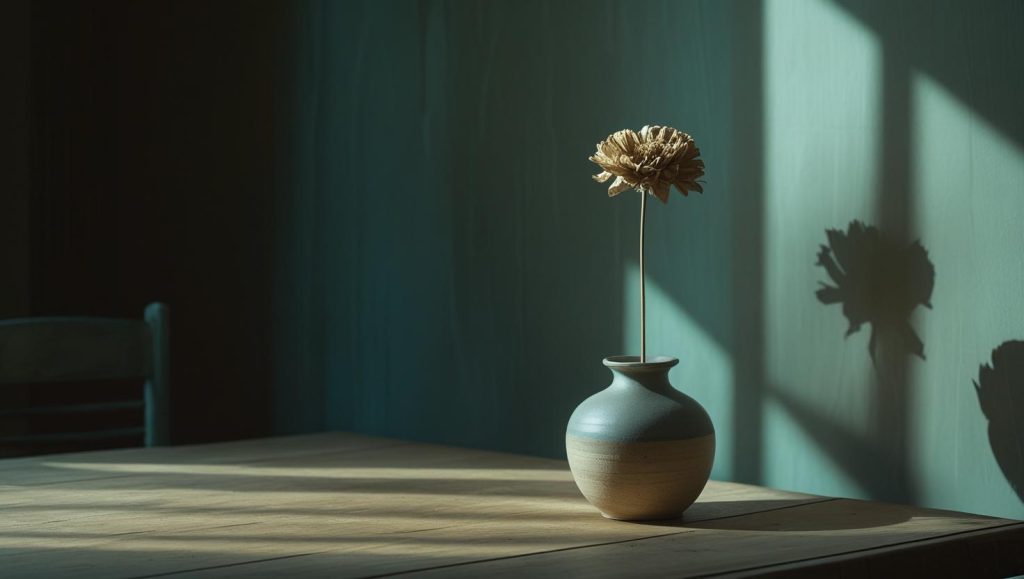
For many people, Tai Chi begins as a way to exercise gently, to relax or move better. But over time, something shifts. The movements start to feel less like a routine and more like a conversation – between body and mind, between effort and ease. You notice the small things: how a hand turns, how the weight changes under your feet. Suddenly, Tai Chi is not just what you do – it’s what you start to see.
True depth in Tai Chi is less about adding new material and more about deepening your relationship with what you already practice. The form doesn’t change, but you do. Each repetition peels back another layer. It’s a slow, gentle kind of growth – one that rewards curiosity and attention more than ambition.
Reflection is what allows these discoveries to take root. After a practice, sit for a moment and notice what felt steady, what felt awkward, what surprised you. These observations are where learning happens. You start to realise that your body was trying to teach you something all along – about balance, tension, breathing, and patience.
As you explore in this way, Tai Chi becomes something you carry into daily life. The same qualities you nurture in the form – softness, stability, awareness – begin to show up in how you respond to challenges. You might find yourself pausing before reacting, or approaching a problem with more flexibility. The training isn’t just physical anymore – it’s shaping your mindset.
When you reflect on your Tai Chi, you turn it from a weekly activity into an ongoing source of insight. You’re no longer just learning steps, but uncovering principles that stay with you outside of practice. In this way, Tai Chi becomes a lifelong companion – always ready to reveal more, if you’re willing to look.
